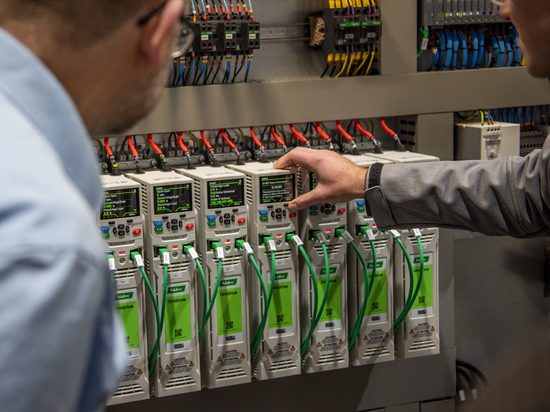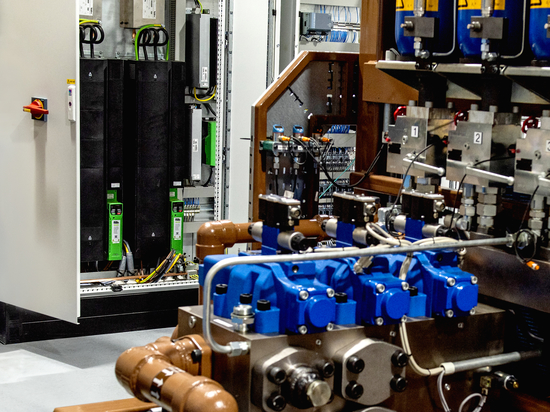
#Industry News
The Future of Agriculture
Solar-Powered Irrigation and Smart Control Technologies in Agriculture
As the global population grows and climate change intensifies, the agricultural sector is under increasing pressure to produce more food while reducing its environmental impact. One of the most promising solutions to emerge is the use of Solar-Powered Irrigation Systems (SPIS’s), which harness solar energy to power irrigation pumps. These systems, combined with advanced control technologies, are revolutionising farming practices, offering a sustainable path forward for the industry.
The Challenge of Traditional Irrigation
Irrigation is essential for global food production, with over 320 million hectares of land currently equipped for irrigation—more than 20% of all arable land available [1]. However, traditional irrigation methods are energy intensive, consuming an estimated 62 TWh annually worldwide [2]. Many of these systems rely on fossil fuels, with 26% of agricultural pumps in the U.S. alone running on diesel or other non-renewable energy sources [3]. This not only drives up operational costs but also contributes significantly to greenhouse gas emissions.
SPIS’s present a compelling alternative. By using solar energy to power irrigation pumps, these systems can reduce greenhouse gas emissions by up to 98% compared to diesel-based alternatives [4]. This shift not only supports global decarbonisation efforts but also provides farmers with a more reliable and cost-effective solution, particularly in remote areas where grid connectivity is limited.
The Role of Variable Speed Drives (VSD’s)
At the heart of SPIS’s are Variable Speed Drives (VSD’s), which play a crucial role in optimising energy use and operational efficiency. Traditional irrigation systems often rely on oversized pumps that operate inefficiently at lower flow rates. VSD’s, however, enable pumps to adapt to varying conditions, reducing energy consumption by 20-50% on average [5]. This not only lowers operational costs but also extends the lifespan of the equipment.
VSD’s also offer advanced features such as dry-run prevention, automatic stop functions, and energy-saving modes, which further enhance the sustainability and reliability of SPIS’s. These technologies go beyond energy savings—they enable smarter, data-driven irrigation practices. By integrating sensors and energy optimisation platforms, farmers can monitor soil conditions, weather patterns, and equipment performance in real time, allowing for more precise and efficient water use.
A Case Study in Innovation
A compelling example of SPIS’s in action comes from the Basque Country in Spain, where the family-run Txakoli Bikandi winery successfully implemented a custom solar-powered irrigation solution. Using advanced control technologies, the winery optimised irrigation for its 30,000 m² vineyard, ensuring the healthy growth of multiple grape varieties. This solution not only reduced energy costs but also improved the winery’s overall sustainability and productivity.
The Bigger Picture
The adoption of SPIS’s and VSD’s represents a significant step forward for the agricultural sector. By reducing energy consumption, lowering operational costs, and enabling smarter irrigation practices, these systems can help farmers enhance their resilience, productivity, and environmental sustainability.
As the agricultural sector continues to evolve, the integration of renewable energy and advanced control technologies will be critical in addressing the dual challenges of food security and climate change. These innovations offer a roadmap for farmers, agronomists, and policymakers looking to embrace sustainable irrigation solutions and build a more resilient future for agriculture.
Follow the link below to read the full whitepaper.
References
[1] Mehta, P., Kummu, M., Siebert, S., Ali, T., Marston, L., Xie, W., & Davis, K. (2021, December). Mapping changes in global area equipped for irrigation. In AGU Fall Meeting Abstracts (Vol. 2021, pp. H45W-1471).
[2] Olsson, G. (2015). Water and energy: threats and opportunities. IWA publishing.
[3] Cadeo and American Chemistry Council. (2023). America’s farms can lead on energy independence. Available at: https://www.pumps.org/irrigation-efficiency/ [Accessed: 20 November 2023].
[4] GIZ Powering Agriculture and FAO. (2017). Toolbox on Solar Powered Irrigation Systems-Information and Tools for advising on Solar Water Pumping and Irrigation. Available at: https://energypedia.info/wiki/Toolbox_ on_SPIS [Accessed: 20 November 2023].
[5] [7] Eskom. (2020). Variable Speed Drives: Reducing the energy cost of irrigation on farms. Available at: https:// www.emheater.co.za/wp-content/uploads/2020/10/ESKOM-VSD-Fact-Sheet-Reducing-Costs-in-Farm- Irrigation-.pdf [Accessed: 20 November 2023].






